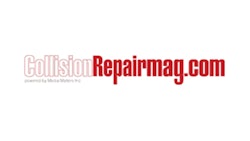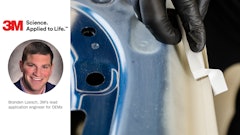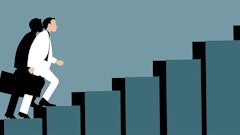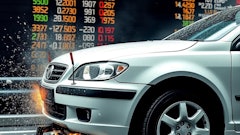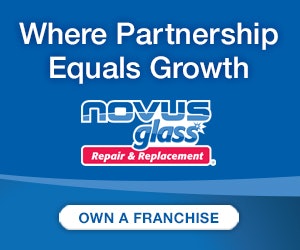
By Mike Kennelly
If there’s one guarantee in our trade that we can count on, it’s change.
There are many variables that affect day to day operations in our industry, whether it’s insurance companies, environment regulations or vehicle technology. Regardless of what it is, our industry will always be on the move.
A great example of a change that affected us not too long ago, was when the new VOC regulations were released in 2010. From that point on shops were forced to start making the move to low VOC or water based paint systems. If you look back you can probably clearly remember the transition your shop made to get to the place where they could proficiently use the new paint system.
The first thing many shops did was speak with their current paint provider about options, or you might have made the big switch to another brand altogether. Either way I’m sure you did you due diligence in selecting the new system. Second, we outfitted our facilities with the new paint line and installed some sort of blower system or a method to move air a little more efficiently. The third step was to take some training or have a paint rep come by and do some demos of the ins and outs of the paint system. Then some time later, you would eventually find your groove in that new paint line.
The steps required for change are pretty generic and stay fairly consistent. It’s almost like the industry’s formula to deal with the changes. First come research, next comes equipment, third, we look at training. You will always need to keep in mind there is a very real learning curve with anything new. Regardless of how you look at it, these trends will require an investment, whether it’s in time or purchasing new equipment.
If I had to state what I thought the current largest trend for the collision repair industry, I would say it is aluminum. If you would suggest another equally important topic, I would be happy to hear about it in the comments below. So our first step then is to research, including whether you are going to be affected by this, looking at your vehicle repair history and projecting whether you will encounter those models of vehicles that are making the switch to aluminum.
If you have not already heard, most manufacturers are starting to announce that they are adding aluminum in some of their vehicles in the near future, largely the truck market. Also important is whether your DRP requires you to have a certain standard for equipment to be approved to repair aluminum.
I made a small case for the research portion in my last blog about buying equipment. Once you’ve made the decision to setup for aluminum, you will need to figure out which aluminum vehicle markets you are wanting to target. You can aim to be an approved repair facility for most OEMs, but the cost will be much larger than if you setup the bare minimum to work on aluminum. There’s still a lot of grey area in our industry as to what the bar will be for equipment, but I feel the Ford list is a good starting point. Click here for that link. So there’s some thoughts on the second step of the equipment were going to need.
Now let’s look at the third step, training. Body techs have been fixing aluminum for years now, but there are some procedures they will need upgrading in. These include general handling tips and tricks for aluminum intensive repairs, the nuances of complex repairs and aluminum joining techniques. Good quality hands-on training is hard to find, but most of the time smaller jobbers and equipment companies will be more than happy to put on some training for aluminum repair. OEMs have training available but that can be a costly endeavor. Any time you catch wind of a seminar, I would suggest you take the training while it’s there. There are a number of aluminum repair articles and information sources available. A quick web browser search can be very helpful. Then finally, time, time and more time. This type of thing will give our industry curve balls for years to come I’m sure. Be patient and always leave some room for the unexpected.
Mike Kennelly Is the Program Coordinator and Professor for Auto Body Programs at Fanshawe College, located in London, Ontario, Canada. Mike owned a custom painting business for 5 years while working on getting his 310B to become a licensed collision and damage repair technician, working in an aluminum certified repair facility for 7 years. Followed by teaching in the college, where he has been for 5 years. Mike works with area industry representatives on numerous apprentice and post-secondary training initiatives.




